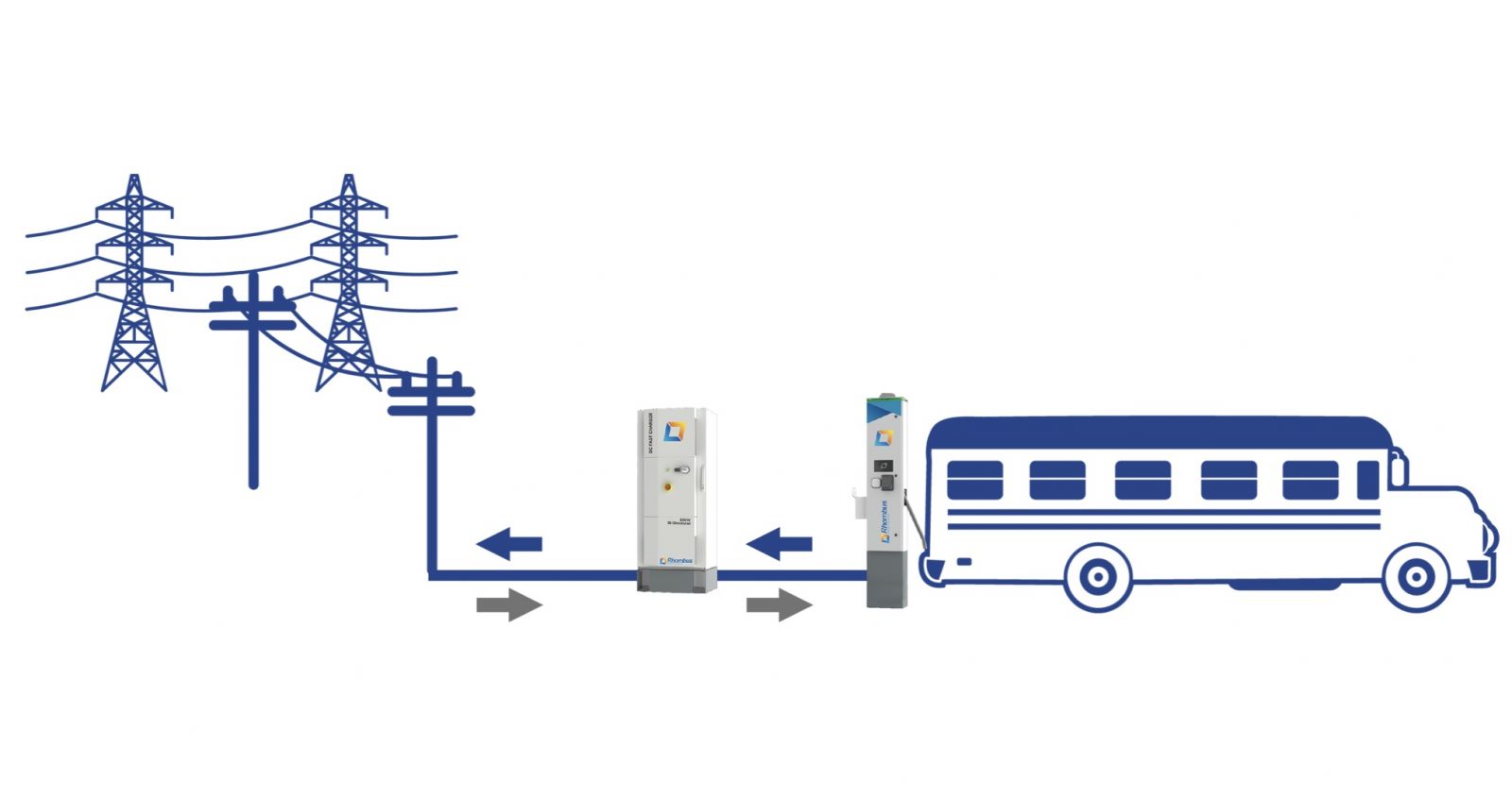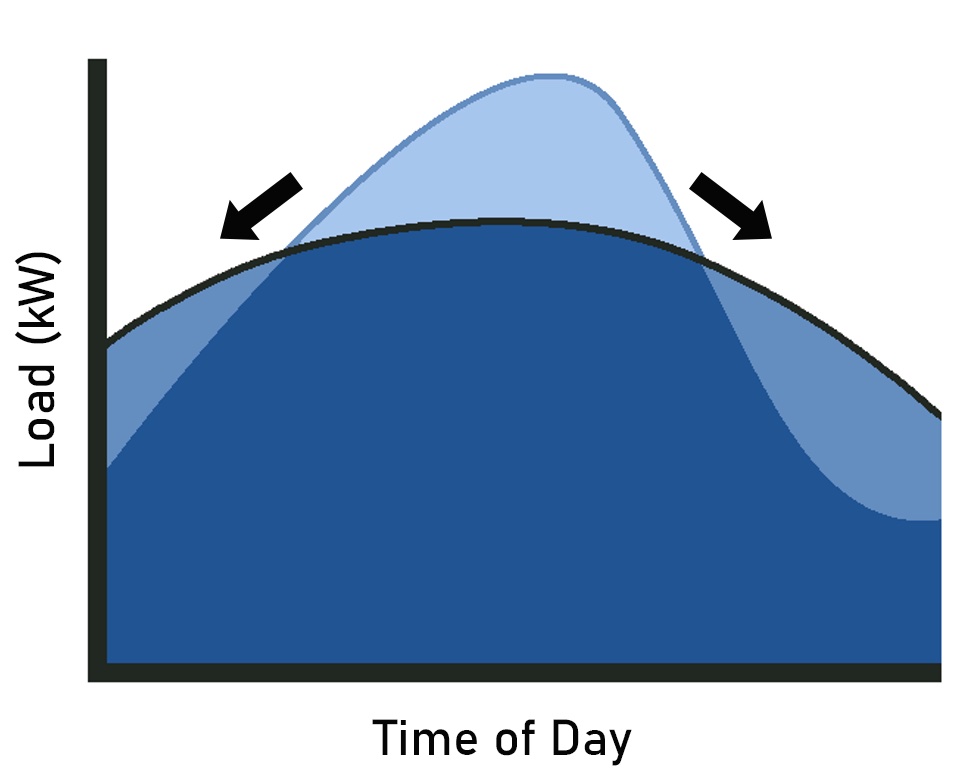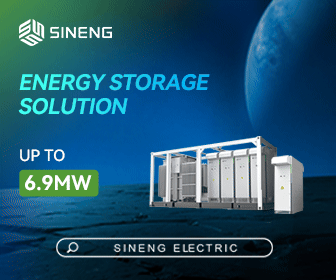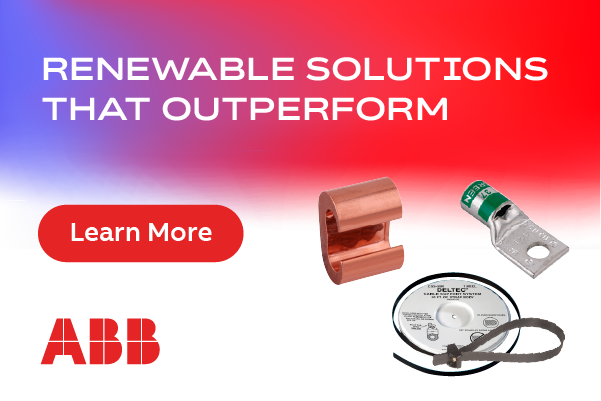How V2G Reduces Emissions
V2G (vehicle-to-grid) technology is drawing a lot of attention in the electric vehicle (EV) charging world, but perhaps you are not exactly sure what it is and how it works. In simple terms, V2G is a bi-directional connection between an electric vehicle and the power grid that enables a two-way flow of power, to either charge the EV from the grid or discharge the vehicle, feeding power back into the grid.

Market signals from the grid are vital in deciding when to charge and when to put power back. During peak Time of Use (TOU) demand, the grid could draw from the stored energy in the EV battery to help meet demand, versus starting a peaker plant or other battery energy storage solution.
Strategically planning when to draw power from the grid will be crucial element for maximizing renewable sources and lowering emissions. Fleet vehicles are often uniquely suited to V2G applications due to their predictable usage patterns. Unused stored energy in their batteries can be utilized to either supply energy back to the grid during peak demand periods (an alternative to starting peaker plants), or during times when vehicles need a charge during a high TOU rate, while idle vehicles are available for energy transfer. This is the concept of peak shaving. Overnighting those vehicles that are off shift allows them to recharge when energy costs are at their lowest. Predictable charging patterns provide an ideal condition for V2G applications by using stored energy in batteries, while planning enough time to charge vehicles again for the next day fully. School buses are a prime example of a fleet with predictable charging patterns, so this article will focus on the environmental impact of electrifying the nation’s yellow buses.

Lower Greenhouse Gas Emissions
With 480,000 buses carrying up to half of the nation’s children to school and back, school buses are the largest form of public transportation in the United States. Using V2G technology over the lifetime of a bus, fleet operators could eliminate an average of 1,000 metric tons of CO2-equivalent greenhouse gas per bus. This is the CO2 equivalent of taking 19 cars off the road (cars typically emit 4.6 metric tons of CO2 annually, for an average of 12 years).

One Bus Produces the Equivalent of 19 Passenger Cars Worth of CO2 Emissions
,V2G can also eliminate air pollution from fossil fuel power plants working over capacity to accommodate high power demand fluctuations. Utilities rely on power from non-renewable energy sources to meet demand during peak hours. Offsetting this power demand by using stored EV power can significantly reduce CO2 emissions. In a Columbian University study titled “Vehicle-Grid Integration in California: A Cost-Benefit Comparison Study,” Francisco Galtieri concluded that electric buses using V2G could mitigate energy production from natural gas “peaking” power plants. Galtieri states that fleets providing power for peak shaving can potentially manage energy demand and eliminate short-term spikes. His model proposes that a fleet of 1,550 electric buses could reduce CO2 emissions by 5,500 tons over five years, significantly reducing local air pollution.

Diagram Illustrating Shifting Load Away from Peak Hours Using Peak Shaving
Maximize Renewable Energy
Using the stored power in EVs, school bus fleet operators can play a key role in large-scale integration of renewable energy sources (such as solar and wind) into the power grid; V2G-capable commercial vehicles can absorb renewable energy when it’s available, and discharge it back into the grid when not accessible.
In 2018, the Environmental Research Letters published a study titled “The Neglected Social Dimensions to a Vehicle-to-Grid Transition: A Critical and Systematic Review.” The study analyzed the effect of V2G if applied to light-duty motor vehicles registered in the PJM Interconnection territory, the largest US power grid operator. The study concluded that “on a system operator scale, introducing V2G increases renewable energy development by 51 GW in the PJM Interconnection, an increase of nearly 30 percent compared to scenarios without V2G.”
V2G Infrastructure Considerations
Because V2G bi-directional charging is relatively new to the industry, commercial fleet operators must consider several factors when planning a charging infrastructure. Equipment is the first consideration. Fleets must be equipped with vehicles and Electric Vehicle Supply Equipment (EVSE) that can support bi-directional charging. Operators will need UL 1741-SA certified Level 3 DC fast chargers (DCFC) that run on 480 3-phase power.
Fleet operators should also reach out to a utility rep to establish an interconnect agreement that ensures they will buy power back. Utility reps will provide information about potential upgrades that may be required because of the new loads from EVSE, such as a new service line or an upgraded distribution transformer. Your local utility may also offer EVSE rebates to reduce the capital cost, so it’s recommended that you contact a rep early in the V2G infrastructure planning process. Other considerations include selecting a utility aggregator, determining site layout, future planning, and steps to mitigate installation costs.
Once the system is in place, both fleet operators and their local grid will reap the long-term benefits afforded by this novel technology.
Aaron Huber is Marketing Manager at Rhombus Energy Solutions, which is developing technology and products for lower-cost, smaller form-factor silicon carbide-based systems, and switch-on/switch-off technology for efficient fleet charging systems.
Rhombus | rhombusenergysolutions.com
Author: Aaron Huber
Volume: 2022 September/October









